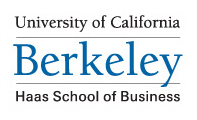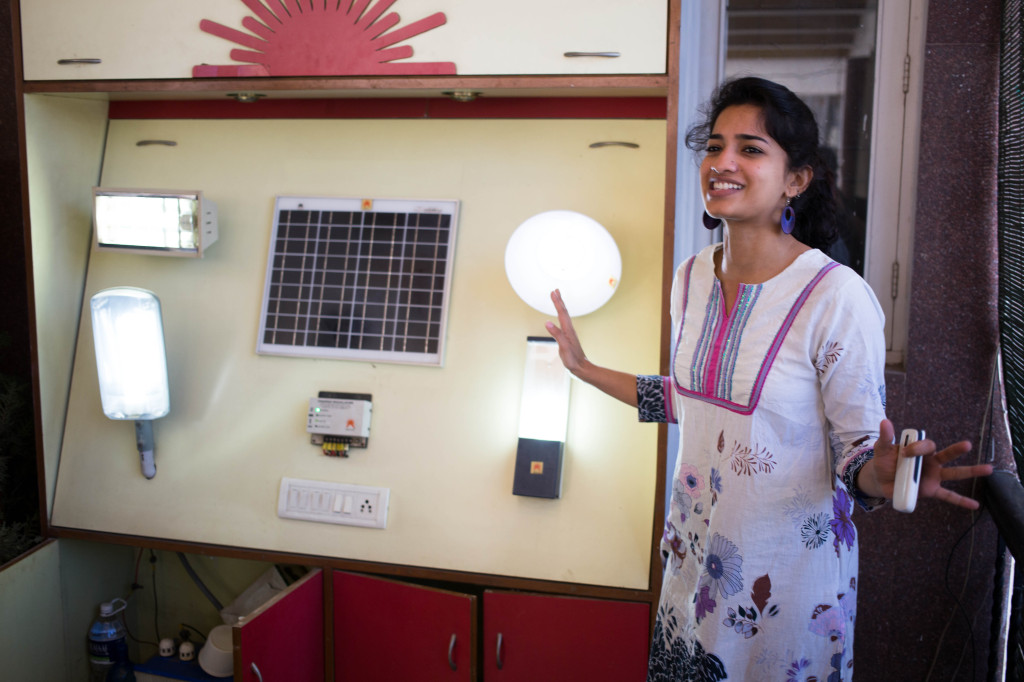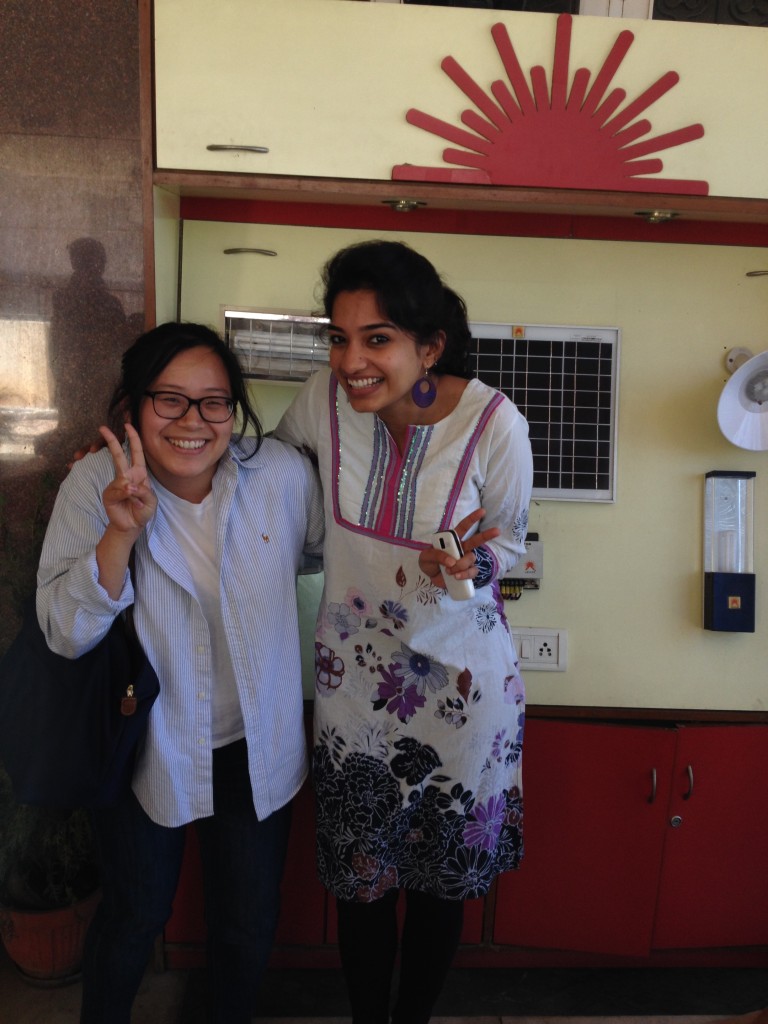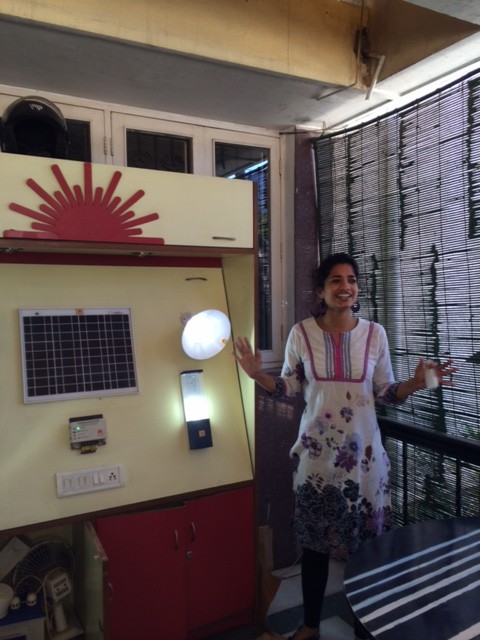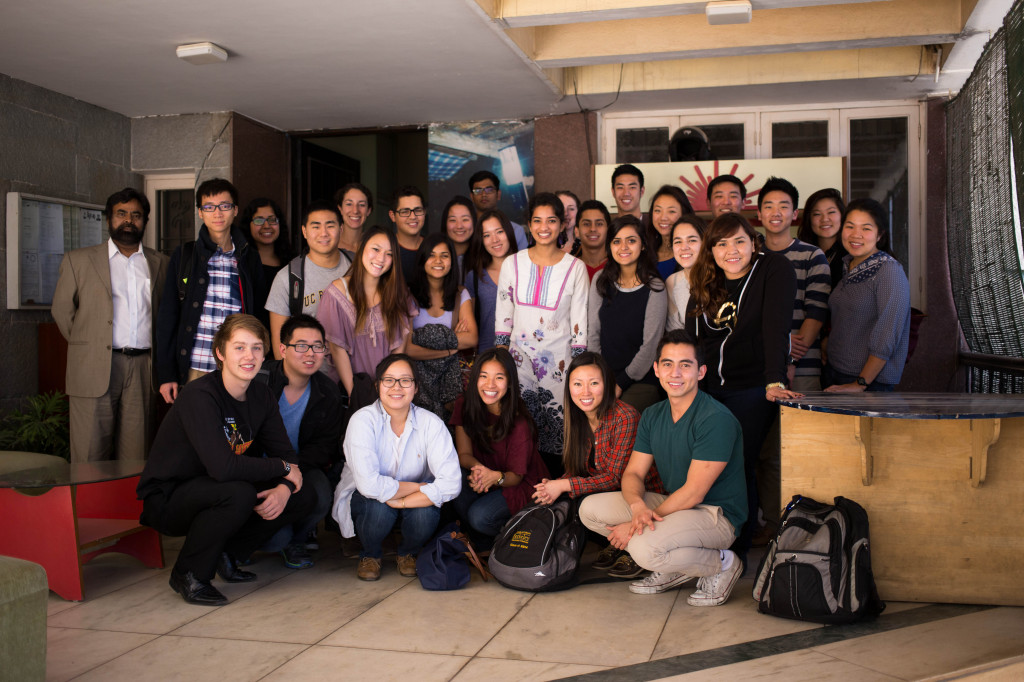In addition to developing the most cost efficient solutions, jugaad or frugal innovation, more importantly, involves maximizing constraints to elicit the greatest benefits or utility for a select objective.
Today, UGBA193i students experienced yet again how jugaad innovation works in emerging economies, such as India. This morning, students visited SELCO’s head office in Bangalore, India.
SELCO India is a social enterprise whose mission is to enhance the quality of life of underserved households and livelihoods through sustainable energy solutions and services. Consequently and synonymously, its business model is also shaped to gear towards this main goal.
A SELCO representative, Ms. Surabi, introduced the three different models that SELCO operates under in order to provide the Haas group with a clearer picture of the firm’s businesses. SELCO has three subsidiaries, namely: SELCO Solar Private Limited, SELCO Foundation, and SELCO Incubation Center.
1. SELCO Solar Private, Ltd. is the original company where everything started. It is the umbrella management that ensures the company’s mission and its operating standards are successfully carried out. Here, SELCO sells solar panel systems to provide electricity solutions to underserved areas that lack access to this utility.
2. SELCO Foundation, on the other hand, is the branch that deals with policy management. It handles R&D and takes care of the training and awareness of employees and other stakeholders in communities where the company is active.
3. SELCO Incubation Center is responsible for starting replicable business models that are implemented by SELCO and other businesses in different parts of India and now even some parts of Africa.
One way that SELCO helps its lower-income consumers is by partnering and developing with local banks. As a result, SELCO’s aspiring customers are able to receive bank loans to purchase SELCO system through this innovative system. Customers would pay their loans back on a monthly basis for a period of five years, thus making SELCO’s products affordable. This has since become the backbone of SELCO’s business model. Through open innovation–creating an ecosystem of partners and new founded relationships with its customers–SELCO has made possible what would have been impossible had they transacted business traditionally.
Ms. Surabi inspired the Haas students with her energy, enthusiasm, and clear knowledge for how to successfully work in a market in which many customers have very little disposable income.
After concluding the tour at SELCO, the group headed to a local mall to see the work of IDIOM, a design company the class has previously visited, in two different grocery stores. Although India is an emerging economy, Professor Darwin wanted to show the students that the culture of commercialism and prestige branding also exist in the country. The contrast between the two stores was stark: the first was designed to attract high-income consumers. The high-end, luxury grocery store with expensive products imported from around the world; whereas the second was comparable to a Walmart, targeted towards more low-income customers.
The students later headed to IDIOM again after a quick barbecue lunch. At IDIOM, they prepared for their work the next day as teachers, collaborators, and consultants on innovative ideas that the Indian youth, which the class liked to describe as the next generation of Indian Haas MBA students, will bring to the table.
At IDIOM, Professor Darwin lectured on the difference between inventors and innovators: Inventors are people who are start new ideas; whereas innovators are those who improve existing ideas, catalysts who have the ability to transform ideas into marketable products. Darwin explains that although inventors are important as the source of new inventions, it is the innovators that gain fame because they turn an invention into a marketable product.
To prepare the Haas students for the following day, Professor Darwin also went into some detail to the reasons behind businesses failures, the importance of strong business models for long lasting companies, as well as the role of service as the future of business rather versus products.
To close his lecture, Professor Darwin reiterated the definition of open innovation to the Haas students. The core principle was basically that open innovation is the inflow and outflow of ideas, whether that be from individual collaborators, outside companies, or academic institutions.
